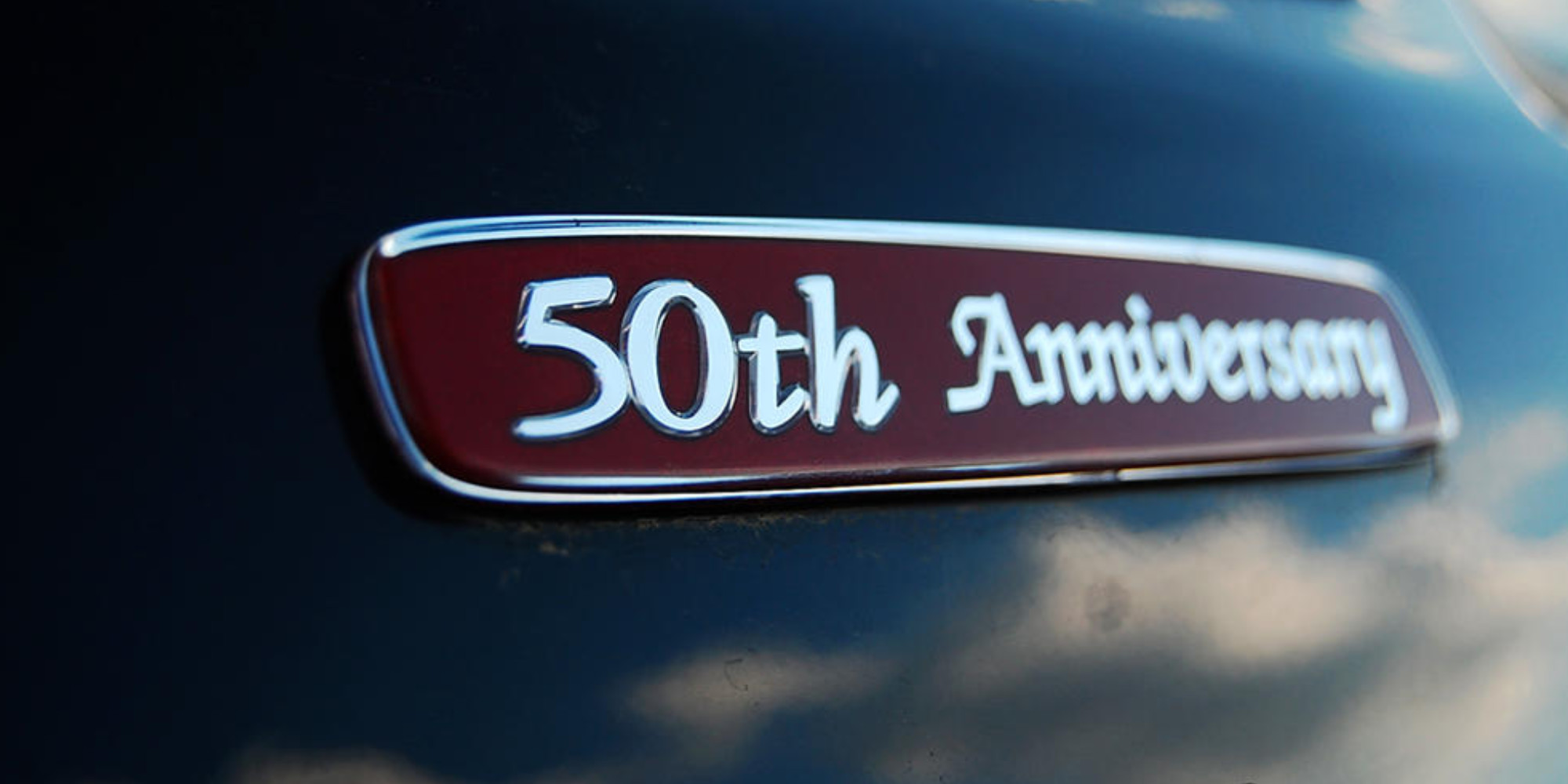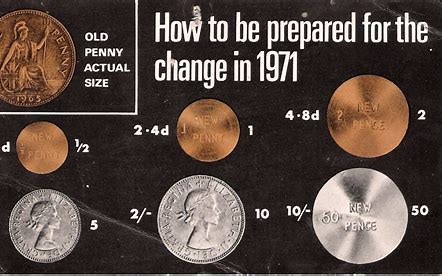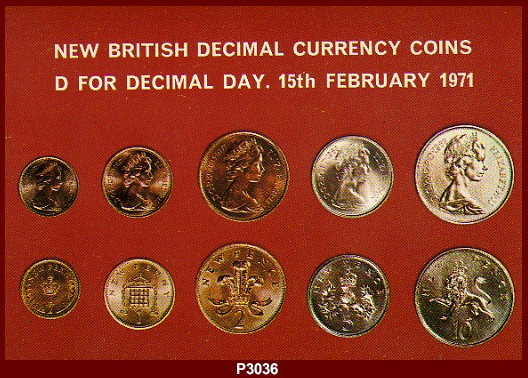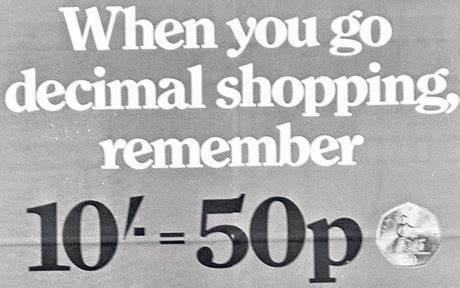

2021
Fifty Years Of Decimals
With the 50-year anniversary of the decimalisation of the British pound sterling, we compare the old pound to the new pound across its history.
In 1066 the pound was introduced by Kind Henry II and might have retained its name of “the pound” over the following millennia, but the perceived value of the pound has changed greatly over this time, the way the pound is valued has changed and its purchasing power has also changed dramatically. You could say that the old pound is the same as the new pound by name only.
The current British pound uses the decimal system and is divisible by 100 pence, but back in 1066, the pound was divided into 240 pennies and this format lasted all the way up until the decimalisation of the pound in 1971. That is some achievement, few other coinage systems have fared so well for so long. Pre-decimal coinage was based on the Troy system of weighing precious metals, where £1 was literally one pound in weight of sterling silver, hence the pound is also known as pound sterling. The pound was divided into 240, because in the Troy weighing system, a pound of silver is divisible by 240 pennyweights - hence a pound sterling had 240 pennies.

As today, the old coinage system contained more denominations than just the sovereign and the penny, it contained farthings, halfpennies, shillings, florins, crowns and other derivatives and even combinations with their own slang – such as a a bob for 6 pence. The smallest denomination was the farthing, which was a quarter of a penny, or 1/960th of a pound. The largest was the Sovereign, a £1 coin made from gold. There was also a £5 coin, for approximately the last 200 years of the old coinage system.
For most of the past millennia, the scale of the old pound went from 1/960th of a pound up to £1. Today of course we have the penny at 1/100th of a pound, up to a £2 coin and £50 in note-form. If we put this entirely into relation to the smallest denomination, we would have a range in the old form of money of 1 to 960 (1 farthing to a £1 Sovereign), compared to today of 1 to 200 in coinage or 1 to 5,000 if we include banknotes system, so the ratio is 5 times less when using coinage only or 5 times more when using notes as well, however the difference is the pound used to be at the top of the scale, now it is nearer the bottom.
So, what could be bought for a pound back then? Well, using the National Archives currency converter we can take a gander. Please note, the converter starts in the year 1270, although the pound was around for about 200 years before that. If we input £1, we see a single pound in 1270 would buy 1 horse, 2 cows or 6 quarters of wheat and equivalent to 100 days wage of a skilled tradesman. The pound had a proper value back then, today you would just about to buy a postcard of a horse, a loaf of bread or maybe a minute of a skilled tradesman. The value of today’s pound is more akin to a farthing (1/960th).

Let’s see how we have arrived at this relatively-dramatically different value of the pound we have today, by seeing how the apparent equivalent value of the pound has changed over time in relation to today’s value. In 1270, the equivalent to today is £729.83. 100 years later the value has decreased to around a third to £490.47, but by 1470 it has risen back up to £685.79. Another 100 years later, in 1570, the value of the pound diminished considerably to £238.23, due to a period of population rise and price inflation and is the first time you would not be able to buy you a horse, or even a cow, for the price of a pound.
In 1670, just over half-way from its origin to today, the pound was worth the equivalent of £113.78 and you could no longer even buy 1 quarter of wheat for your pound. A century later in 1770 and the pound had fallen further to £87.26, almost 10 times less than it was in 1270. Inflation was clearly slowing from the earlier half of the millennium as in 1870 the pound was the equivalent of £62.61 and was worth about 5 days of skilled labour. In 1970, just before the decimalisation of the pound, it was worth £14.08 in today’s money and the first time in our century that a day’s wage for a skilled tradesman jumps above a pound.

This means that the ratio of worth between a pound today and that of 31 years ago was 14, and this is greater than the ratio between the 500 years of 1270 and 1770 at just 9 - showing how rapidly the decline in value of money has become in recent decades. Infact there was the same ratio of the value of the pound from 1270 to 1915 as there was from 1970 to 2017. Clearly demonstrating that the value of the pound remained far more stable when directly linked to a precious metal, than since it has been decoupled from such a system, resting now only on the good faith of the people who issue it, at whatever rate they please.

